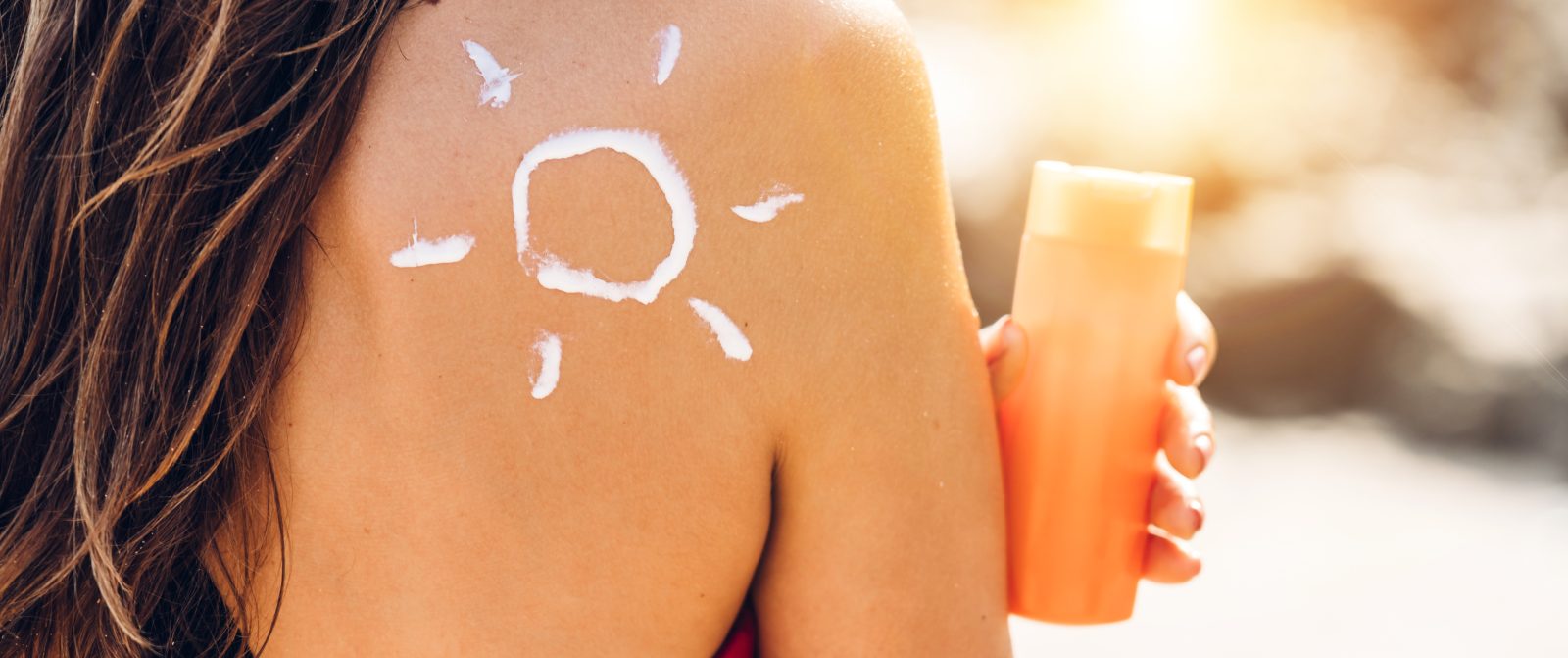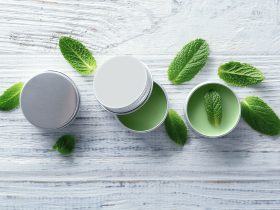As summer approaches, the emphasis on sunscreen becomes paramount. While protecting our skin from harmful UV rays is a year-round necessity, the increased skin exposure during summer makes sunscreen even more crucial.
Slathering on sunblock and reapplying it every two hours is vital for preventing painful sunburns and long-term skin damage, making it one of the most useful beauty tips in every article, presentation, or beauty tutorial.
However, many might not realize that sunscreen has a shelf life. Using expired sunscreen can render your diligent sun care efforts ineffective.
Here’s a comprehensive guide on why sunscreen expiration matters and how to ensure you’re getting the most out of your sun protection.
Does Sunscreen Expire?
Yes, sunscreen does expire. As a highly FDA-regulated over-the-counter drug, each bottle of sunscreen should display an FDA-approved expiration date, whether it’s a chemical or mineral formula.
Generally, sunscreen has a shelf life of about three years, provided it’s stored correctly – away from direct sunlight and excessive heat.
The FDA mandates that all sunscreens must have an expiration date, ensuring their efficacy in protecting against UV radiation. This expiration date is based on stability testing conducted by manufacturers, indicating that the product will remain effective up until that date if stored under ideal conditions.
For sunscreen to maintain its effectiveness up to the expiration date, it should be stored in a cool, dry place, away from direct sunlight and excessive heat. High temperatures and sunlight can break down the active ingredients in sunscreen, rendering it less effective.
Both chemical and mineral sunscreens can degrade over time. Chemical sunscreens, which contain active ingredients like avobenzone, oxybenzone, and octocrylene, are particularly susceptible to heat and light, which can cause these chemicals to break down faster.
Mineral sunscreens, which use zinc oxide or titanium dioxide, are generally more stable but can still lose their effectiveness if not stored properly.
Life isn’t always perfect. Sunscreen bottles often end up in hot cars, sandy beaches, and other less-than-ideal storage locations, potentially degrading the formula before the expiration date.
Therefore, even if the expiration date has not been reached, sunscreen that has been exposed to such conditions may not provide adequate protection.
How to Tell Your Sunscreen Has Expired
If you’ve had a bottle of sunscreen rolling around for a few summers, you might be dealing with an expired product even before the stamped date. Here are some tell-tale signs that your sunscreen has gone bad:
Smell
An off-putting, pungent smell indicates that the sunscreen has likely become rancid. This odor often results from bacterial contamination, especially if the bottle is frequently handled with dirty hands or exposed to air.
While sunscreens contain preservatives to prevent microbial growth, over time these can degrade, allowing bacteria to thrive and causing the product to spoil.
Texture
Expired sunscreen may undergo changes in texture. It might become watery or clumpy, with noticeable sedimentation at the bottom of the bottle or tube. This separation indicates that the formula’s ingredients have started to break down.
Chemical reactions within the sunscreen, accelerated by exposure to heat and light, can cause emulsions to destabilize, altering the consistency of the product.
Discoloration
A noticeable change in color, such as a yellow or brown tinge, usually signals oxidation of the sunscreen’s active ingredients. This discoloration is more evident in lotion-based sunscreens than sprays.
Oxidation occurs when oxygen interacts with the components of the sunscreen, particularly common in formulations containing avobenzone.
Exposure to air and sunlight accelerates this process, leading to a breakdown in the sunscreen’s ability to protect against UV rays effectively.
Packaging Integrity
Inspect the packaging itself for signs of compromise. Cracked or leaking containers can allow air and contaminants to enter, hastening the degradation process of the sunscreen inside.
Properly sealed bottles or tubes help maintain the integrity of the product, preserving its effectiveness until the expiration date.
Performance Issues
Beyond visual and olfactory cues, an expired sunscreen may fail to provide adequate protection against UV radiation.
If you notice that you are getting sunburned more easily than expected or if your skin feels irritated after applying sunscreen, it could indicate that the product has lost its efficacy.
What Can Happen if You Use Expired Sunscreen
The primary issue with using expired sunscreen is that it won’t work as well. Chemical sunscreens, which include ingredients like oxybenzone, octinoxate, octisalate, and avobenzone, contain unstable molecules that break down over time, especially with UV exposure.
This breakdown renders them ineffective, leaving your skin vulnerable to burns.
Additionally, the emulsifiers, tints, and other components in sunscreen can spoil, potentially causing skin reactions or breakouts.
How to Apply Sunscreen Properly
Effective sun protection is not just about the type of sunscreen you use but also how you apply it. Here are key tips for optimal application:
- Reapply Every Two Hours: Sunscreen should be reapplied every two hours, or more often if you’re swimming or sweating. This ensures continuous protection.
- Don’t Miss Often Forgotten Spots: Areas like the back of the ears, hands, feet, and the scalp are often neglected. Make sure to cover every part of your body that’s exposed to the sun.
- Use the Correct Amount: Many people don’t use enough sunscreen. For the body, you should apply about a shot glass full. For the face, run sunscreen along your pointer and middle fingers to measure the right amount.
- Carry Sprays and Powders for Reapplication: To make reapplication easier, use spray-on sunscreen for the body and brush-on powder sunscreens for the face, especially if you’re wearing makeup.
- Avoid the Midday Sun: Try to stay out of the sun during peak hours (10 a.m. to 4 p.m.) when UV rays are strongest. If you must be outside, seek shade and wear protective clothing.
- Visit Your Dermatologist Regularly: Annual skin checks with a dermatologist can help catch any early signs of skin cancer. If you notice unusual moles or spots, don’t wait until your yearly visit to get them checked.
The Takeaway
Sunscreen expiration is a critical factor in effective sun protection. Using expired sunscreen can compromise your skin’s defense against UV rays and potentially cause skin issues. Always check the expiration date and look for signs of degradation.
Make it a habit to refresh your sunscreen supply each summer. If in doubt, it’s worth investing in a new bottle to ensure your skin remains protected. Remember, diligent and proper sunscreen application is key to maintaining healthy, sun-safe skin.















Find Us on Socials